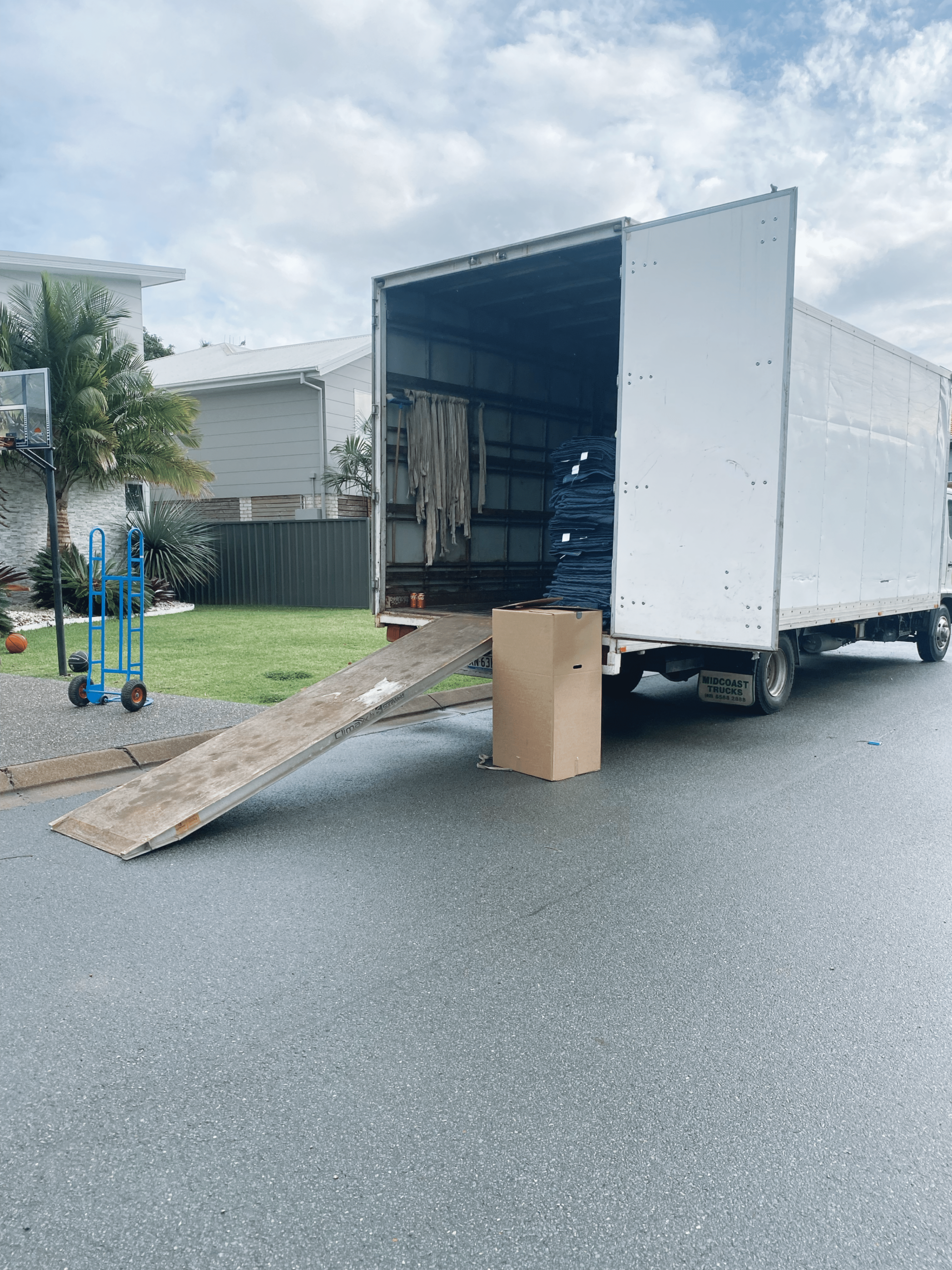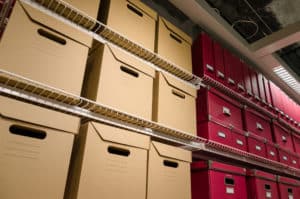going out of your way to Protect your furniture should be one of your top considerations.
whether you’re moving alone or with the help of furniture removalists.
The last thing you want is for your valuable and heavy items to be harmed when you move into your new house.
Scratches and unattractive marks on your furniture can ruin the pleasure of moving into a new home if you don’t take adequate care and precaution.
Thankfully, with a few simple items and a few clever tactics, you can keep your furniture safe.
1. Protect your furniture with necessary packing supplies.
One of the most prevalent moving myths we hear is that all you need to protect your furniture is cardboard boxes and packing tape.
While these things give some protection, but do not provide comprehensive protection for your furnishings.
There are several packaging materials that are worth taking up.
• Plastic stretch wrap
• Bubble wrap
• Sofa and mattress covers
• Sealable plastic bags
• Sheets of corrugated cardboard
~ These things are inexpensive and will provide additional protection for your furnishings.
You won’t have to worry about your furniture getting damaged when loading/unloading it if you use bubble wrap and dedicated sofa/mattress covers.
a good place to get some of these supplies would be by clicking on one of the below links for a free quote:
Cleaning & Packaging Products in Port Macquarie | Balmoor Distributors
Online Quote | Easy Choice Removals and General Freight (easychoiceremovals.com.au)
2. Packing and preparing to protect your furniture
To avoid any unexpected – scratches, prepare your furniture before packing.
Dust, filth, and debris can harm your furniture’s surface, leaving small, microscopic scratches.
Before wrapping the furniture in bubble wrap, try give it a brief wipe with a microfiber cloth to remove dust and other loose particles.
*Remove the knobs, handles, and casters from drawers and cabinets before transporting them.
*Remove the drawers and fill them with light objects to provide more storage space.
3. Take apart your furniture when moving.
It’s always a good idea to disassemble them as much as possible so that you can pack them neatly inside moving boxes.
This makes transporting furniture easier and helps to prevent damage from moving pieces during transport.
Keep the following guidelines in mind when disassembling your furniture:
• To properly dismantle furniture, consult the owner’s handbook.
• Keep the screws and other hardware for each piece of furniture in sealable plastic bags. • Take a snapshot of the furniture to use as a reference for reassembling the pieces. • To save time, disassemble furniture the day before moving day.
4. Correctly wrap furniture with plastic sheeting and bubble wrap are two of the most effective packing materials for moving furniture safely.
Protect upholstered goods with plastic wrap or specially made plastic sofa coverings
while delicate wooden pieces should be wrapped in bubble wrap. If you don’t have any plastic sheeting, you can use old blankets.
Sliding corrugated cardboard sheets between wooden pieces can provide some cushion and protect the parts from rubbing together.
Bubble wrap is sufficient for glass items such as mirrors and tabletops.
also consider taping the mirror in a “X” pattern using painters’ tape before wrapping it to make it less likely to shatter if it fractures.
Completely wrap the glass or mirror, paying careful attention to the corners.
Place the item between two sheets of corrugated cardboard to finish.
5.Securely position things
The majority of people make this mistake.
You don’t want to pile boxes on top of each other.
So that your furniture stays intact during transit, you’ll need a strategic placement plan.
Here are a few crucial points to remember:
• Always put lighter boxes on top of heavy boxes on the truck floor.
Make a box wall on the back end of the vehicle to provide some support while loading your furnishings later.
• For lightweight boxes, use the tops of drawers.
To keep them from slipping, place a couple of tiny boxes between them.
• Upholstered furniture needs special attention.
Even if upholstered objects are already wrapped in plastic.
Even adding a layer of packing blankets for extra security is always a smart idea.
The more time and effort you put into preparing your belongings.
The less likely they will be harmed during your next move.
In order to adequately wrap your furniture, you need to start prepping it well ahead of the moving day (approximately a week).
Follow these guidelines to ensure your success.









